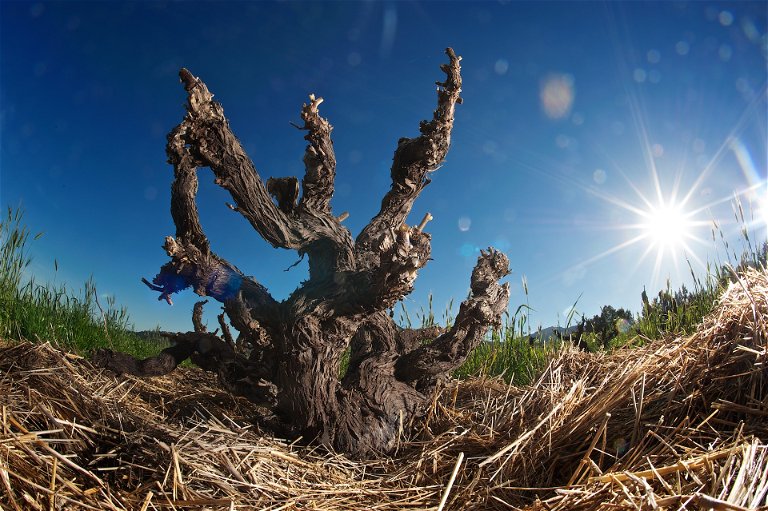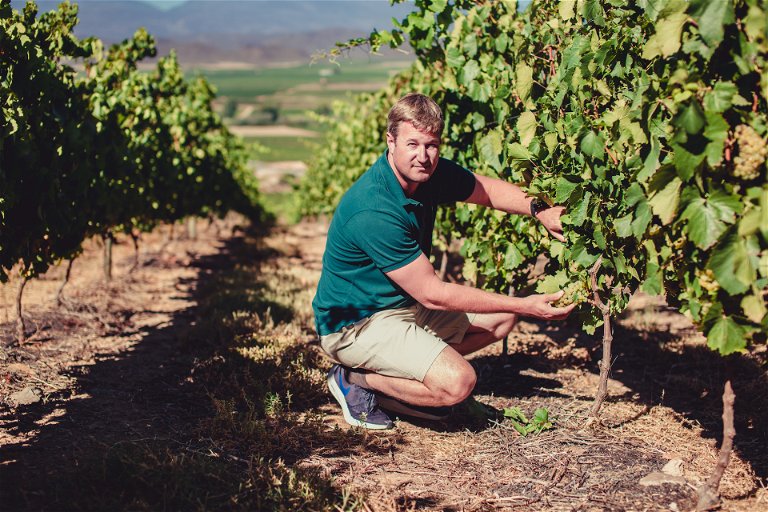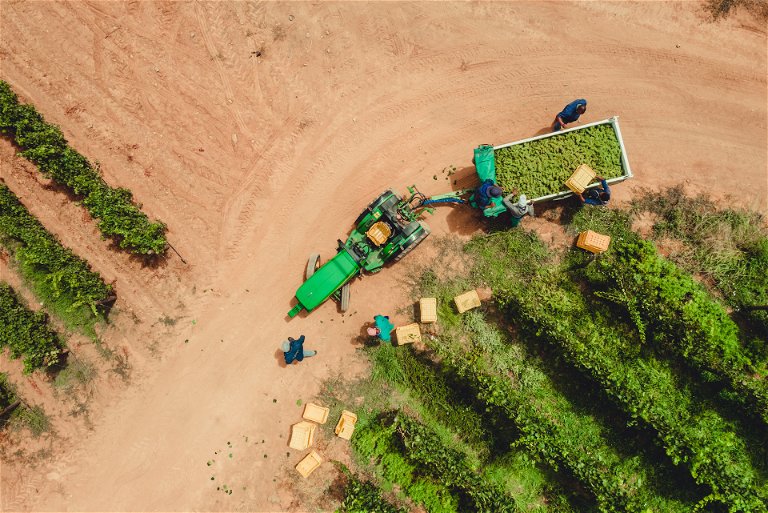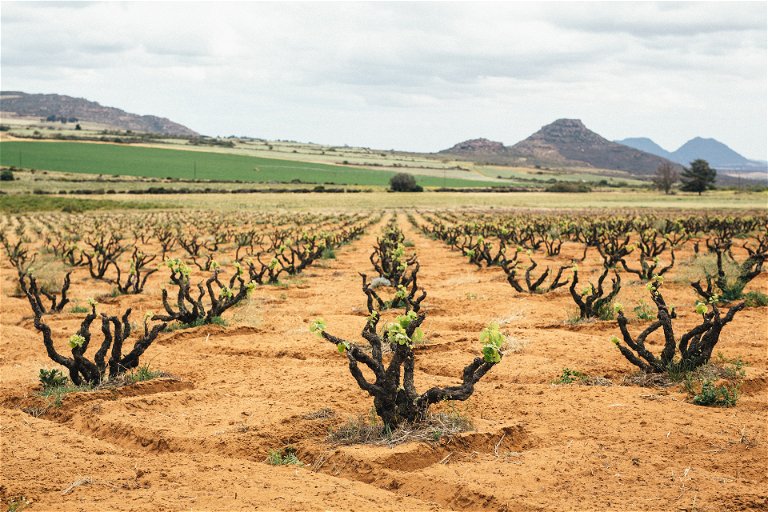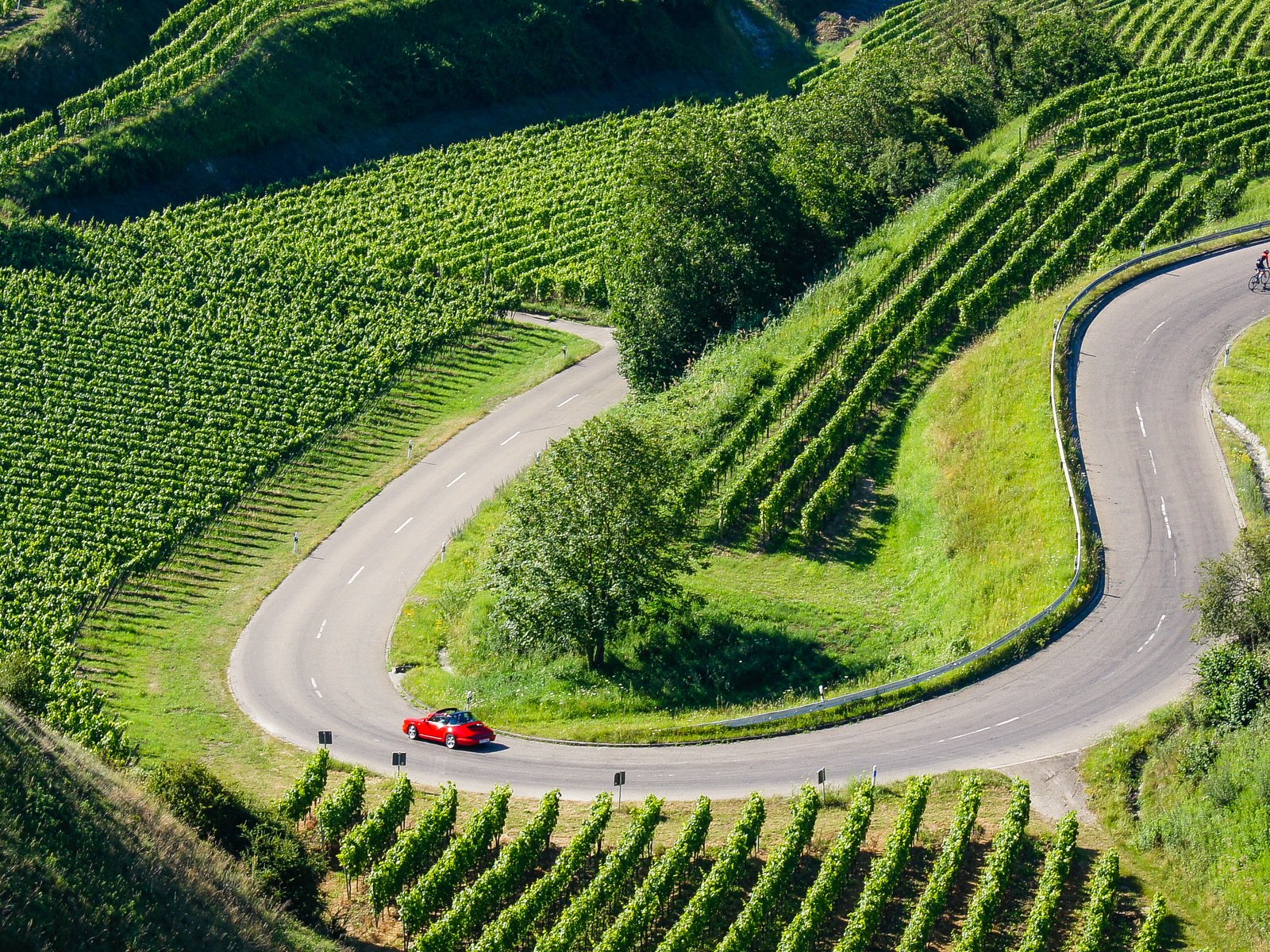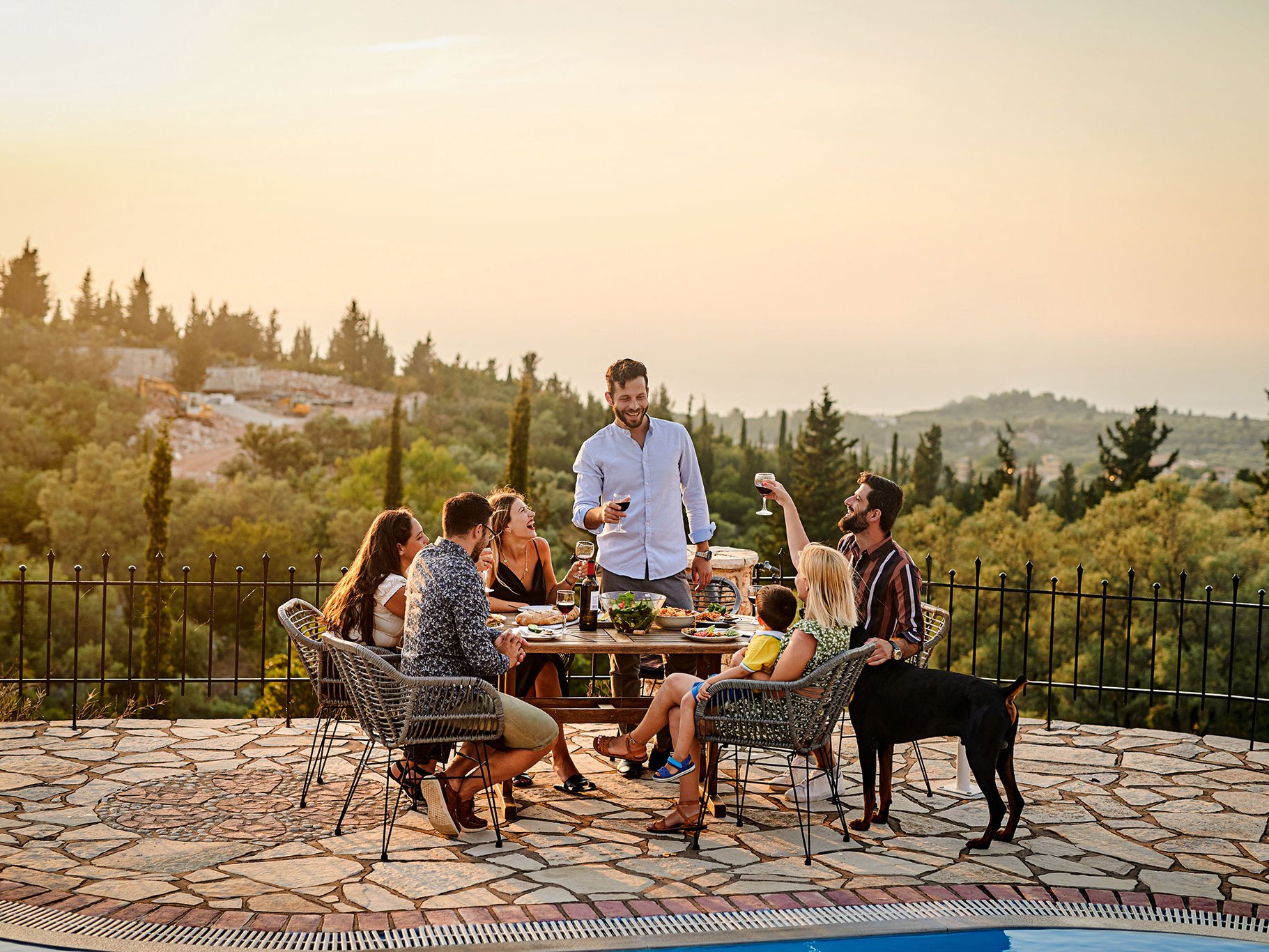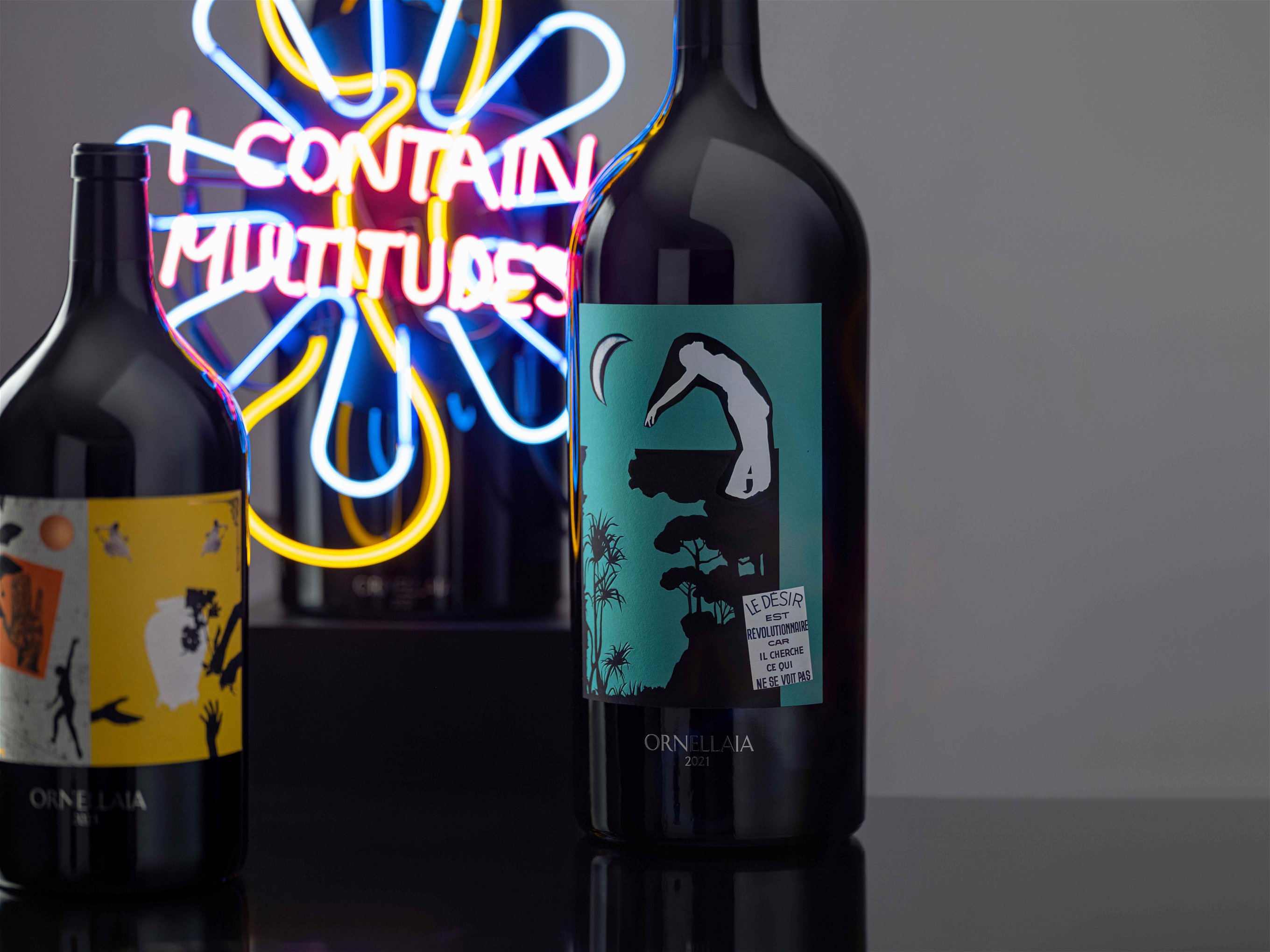South Africa's Single-Vineyard Wines: A Liquid Atlas
The story of provenance-driven, single-vineyard South African wines – especially from Chenin Blanc and Chardonnay – is comparatively recent but enthralling.
South Africa’s wind-ravaged, mountainous Western Cape – at the jagged edge of a great continent – is a place that has been haunted by the icy, tempestuous Atlantic since time immemorial. Its wines, sprung from geology and the eternal onslaught of weather, are inimitable. Originally named the Cape of Storms by Portuguese explorers in the 1480s, this exposed strip of land juts out into the ocean but has long made its peace with the extreme conditions.
Its location on the fringe of the continent has given the Cape some of the world’s oldest soils. Above is a dominance of soaring peaks, like many giant creatures sleeping beneath the earth’s crust. Add it all up and you have a wine-producing region that can’t help but express its sense of place. Some wines shout, like the fleshy, sun-kissed Chenins of the Breedekloof; or whisper, like the nervy, salty Sauvignons of Agulhas. Or ignore you altogether, like the cool, limpid Chardonnays of the Overberg. These wines have something to say, and increasingly, winemakers are favouring a hands-off approach to allow the distinct character of a specific region to shine through.
Nowhere is this most apparent than in single-vineyard wines. There are currently 1,731 registered single-vineyard sites in South Africa, right across the varietal spectrum. When we talk about South African wine though, the conversation starts with Chenin Blanc. For centuries this Loire-born white grape, whose arrival in South Africa can be traced back to the 17th century, has been used as a base for brandies and bulk wines. It is still the country’s most widely planted grape; it is in fact more planted here than anywhere else – and the wines are increasingly fine.
sleeping beneath the earth's crust. Add it all up and you have a wine-producing region that can’t help but express its sense of place. Some wines shout, like the fleshy, sun-kissed Chenins of the Breedekloof; or whisper, like the nervy, salty Sauvignons of Agulhas. Or ignore you altogether, like the cool, limpid Chardonnays of the Overberg. These wines have something to say, and increasingly, winemakers are favouring a hands-off approach to allow the distinct character of a specific region to shine through. Nowhere is this most apparent than in single-vineyard wines.
There are currently 1,731 registered single-vineyard sites in South Africa, right across the varietal spectrum. When we talk about South African wine though, the conversation starts with Chenin Blanc. For centuries this Loire-born on. The region supplies up to 85 percent white grape, whose arrival in South Africa can be traced back to the 17th century, has been used as a base for brandies and bulk wines. It is still the country’s most widely planted grape; it is in fact more planted here than anywhere else – and the wines are increasingly fine.
Vines dreaming deep
A winter hush lay over the Wellington valley, a gauzy mist draped like a veil across sloping hills, verdant with the season’s incessant rain. The vineyards fanning over the slopes, free of their summer canopies, slumbered in the cold. I had come here to find a grand dame, a Chenin Blanc vineyard called Optenhorst, planted in 1952. Is there a better time to visit a vineyard, to understand it, than when it lies dormant? The pomp and flamboyance of leaves and grapes is stripped away to reveal what lies beneath. Wellington has a long history of wine farming, and importantly in vine propagation. The region supplies up to 85% of the Cape’s vine cuttings, known as stokkies, which come from the Bosman Adama Nursery, a branch of Bosman Family Vineyards. They have been farming in Wellington for eight generations. It was the Bosman family who took custodianship of Optenhorst when they bought a neighbouring farm. They did not know what riches they had acquired: Optenhorst was due to be uprooted, it was very old and haasbek, which literally means gap-toothed, where vines had died. Head winemaker Corlea Fourie halted the grubbing up, suggesting to the Bosmans: “Let me give it a try.”
The name Optenhorst means ‘perched on top of a hill’, as the bushvine site sprawls over a mound, overlooking the valley, the town’s historic white church in the distance. I walked with winemaker Natasha Williams to a stone monument at its centre. Williams, who has since taken over the making of this wine from Fourie, uncorked a bottle of the 2019. The scent of honeyed fruit and oranges joined the electric scent of the rain-sodden earth all around us. “You know when Optenhorst is in the cellar, she’s a lady that makes her presence known,” Natasha says. “You get the feeling that this vineyard is exactly where it’s meant to be, it has this unmistakable fragrance of honey that we just don’t find anywhere else.”
Single expression
Mick and Jeanine Craven have been making Craven Wines since 2013 – always from single vineyards and single varieties. Their winemaking is equally transparent with as little intervention as possible. The wines respond to this hands-off approach by delivering a resonant purity of fruit. The Cravens work exclusively in Stellenbosch, mostly in the Polkadraai Hills, seeking out special sites on the outskirts from the more famous areas. Though they don’t own any vineyards, they work closely with the grape growers. “Farmers themselves are an important part of terroir,” says Mick when I meet him for a walk in Karibib, a farm where he sources his Chenin of the same name. Our boots dig into the mud as we walk up the steep incline, rising to 60m/197ft to 400m/1,312ft above sea level. Half-trellised, half-bushvine, it is a peculiar looking vineyard. “It’s called a radial bushvine,” says Mick. “The vineyard had previously been farmed for sweet wine production, and the farmer was happy that we wanted to make dry wine out of it. With a little bit of attention we had a special block on our hands.”
Mick says the vineyards in the Polkadraai give them what they’re looking for in their wines – a saline, savoury character, born from weathered granite soils and the light intensity of the morning sun that the block receives. He points out vines used by other exciting young gun producers such as Lukas van Loggerenberg and Reenen Borman. “This place has an amazing soul and energy that other, better-known areas seem to lack. There’s a rising community of like-minded wine people here in the Polkadraai, which I think adds to the sense of place of the wines being made.”
Smuggler's reward
To find the original home of Chardonnay in Africa, we veer away from the ocean and go further inland, to the limestone pockets of the Robertson Wine Valley. Chalky soils are rarely found in South African vineyards but as luck would have it, it is on this land that pioneer Danie de Wet of De Wetshof was reared. Danie studied winemaking and viticulture at Geisenheim in Germany, the country’s foremost viticultural school. This is where his desire was born to see Chardonnay thrive in South Africa – at a time when white grape varieties were basically a monoculture destined for brandy production. “The soils, plus the diurnal temperature swings and cooling, southerly winds added to my conviction it would work here,” de Wet explains.
The variety was not yet approved for cultivation by the wine authorities, a process which back then could take upwards of ten years. But de Wet did not want to wait. “My friend and Stellenbosch winemaker Jan Boland Coetzee was working for Joseph Drouhin in Burgundy at the beginning of the 1980s. I asked him to procure some vine-cuttings which he did from Drouhin’s Clos des Mouches vineyard in Beaune.”
These cuttings travelled across oceans in chocolate boxes, children’s nappies and in the lining of jackets. Various other producers were also smuggling material, some more successfully than others (there was some fraudulent Auxerrois). In 1987, de Wet planted one of the first Chardonnay vineyards on De Wetshof, producing the estate’s flagship wine, Bateleur. “I love seeing the excitement and commitment of the younger generation of Chardonnay producers,” de Wet says. “They understand, more than my generation did, the importance of site and a sense of place.”
Going up river
Leading the pack in the making of modern Cape Chardonnay are Craig and Anne Wessels of Restless River. Theirs is not a generational story: in a bid to get away from city life and give their children country air to breathe, they bought a farm in the Upper Hemel-en-Aarde Valley in the early 2000s. They slowly and painstakingly built up their winery; their first vintage in 2004 was made in the makeshift facility of a children’s toy house.
Their wines have won critical acclaim, notably the single-vineyard Ava Marie Chardonnay. Named after their daughter, the site measures just two hectares and is planted on clay and decomposed granite. Self-taught winemaker Wessels is obsessive. The Hemel-en-Aarde is known for its cool growing conditions and naturally cold-retaining clay soils, imbuing the wines with both depth and elegance. The Ava Marie is a consummate manifestation of this. Wessels says he follows a no-till farming regime. “Perfect vineyards may look great in photos” he says, “but the wine is seldom special.”
Yet, South Africa has special wines in abundance. I’ve been fortunate to taste many single-vineyard wines and visit their sites, from Stellenbosch to Swartland and beyond. It is a liquid atlas of unique places, people and their stories. But perhaps for the most expressive wines Huilkrans Chenin Blanc from Alheit Vineyards stands out. This wine showed me the meaning of luminosity. Pure crystalline fruit with an electric acidity described its place of origin as if it were a photograph: old vines in the Skurfberg on an isolated mountain outpost with a cliff that weeps when it rains. A vivid and stark place of raw, natural beauty somehow captured in a bottle that can now travel the world. If that’s not magic, I don’t know what is.
